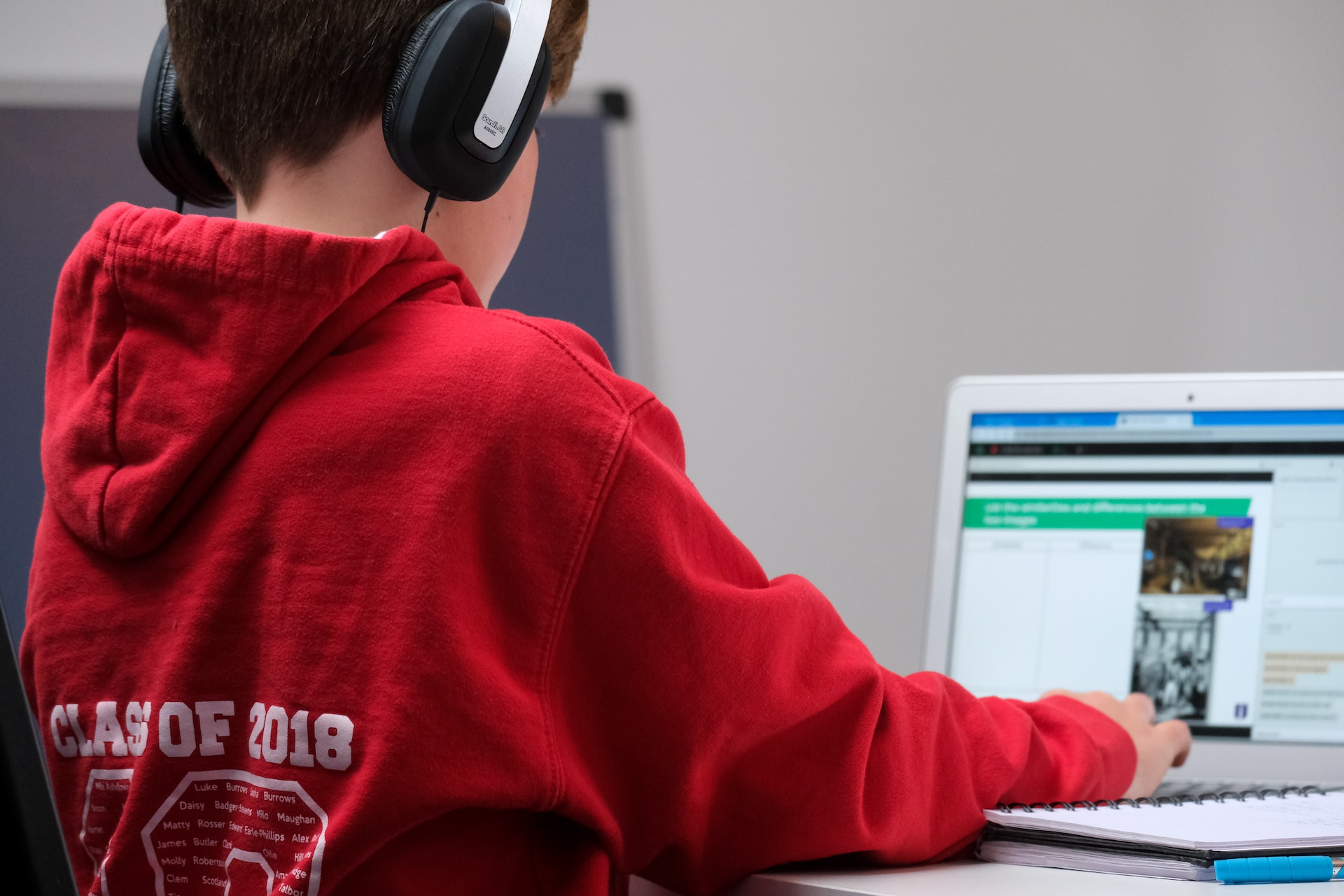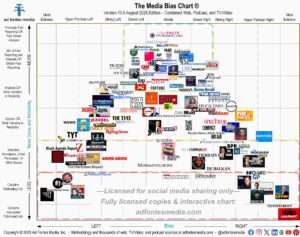
More States Are Now Mandating Media Literacy Education in Public Schools
Author:
Jennifer Arvin Furlong
Date:
08/11/2023
The proliferation of misleading and false information online is leading more states to pass legislation that requires schools to teach media literacy. According to Media Literacy Now’s 2022 Media Literacy Policy Report, 18 states have passed media literacy education legislation to date, including Delaware, Illinois, New Jersey, and Texas.
Laws mandating media literacy vary from state to state. For example, in August 2022, Delaware passed its Digital Citizenship Education Act, which requires their state Department of Education to adopt evidence-based media literacy standards for use by each district and charter schools. That same year, New Jersey passed a bill requiring media literacy instruction for all kindergarten through 12th-grade students. In 2021, Illinois passed a law requiring high schools to teach a unit of media literacy starting in the 2022-2023 school year.
Erin McNeill, Media Literacy Now’s CEO and author of the annual report, notes the need for media literacy education appears to be one issue on which Republicans and Democrats have common ground. “Most of the new legislative actions have been taken in a bipartisan or, in the case of Nebraska, a nonpartisan way,” she said.
The most recognized reason for the need for legislation is declining mental health. Just this past May the U.S. Surgeon General issued an advisory about social media’s impact on youth mental health, warning of the potential of “profound risk” on children and teenagers. According to the report, up to 95 percent of young people ages 13-17 use a social media platform; more than a third said they use social media “almost constantly.” This constant use results in what many physicians, educators, and parents are recognizing as a mental health crisis affecting our youth.
If this is going to get better, we must help our youth learn how to decode messages and learn to recognize how those messages influence their thoughts and, potentially, behaviors. Everyone receives information from multiple sources through digital media, mass media, or social media. The goal of media literacy is to develop the ability to critically analyze any information you’re receiving, regardless of the medium, to determine its accuracy and credibility.
Much of the misleading and false information online is targeted at youth. At Ad Fontes Media, we believe that media literacy skills are essential for fostering an informed citizenry, which is essential for a functioning democracy. It is imperative that students learn how to critically evaluate online content, assess credibility of sources, and make informed judgments. They need to develop skills that will help them navigate the vast array of media sources available to them. This not only includes social media, but also TV, websites, podcasts, and news articles.
This is why AFM has partnered with Media Literacy Now (MLN), a nonpartisan nonprofit organization that is working to advance media literacy legislation at local, state, and national levels in the U.S. Together we are working to ensure young people are equipped with the skills they need to navigate the media ecosystem. This is probably a good time for full disclosure: I’m not only the Director of Communications at Ad Fontes Media, I’m also the Board President at Media Literacy Now.
There are a variety of ways different states are mandating media literacy education. Some schools are required to include instruction in K-12 classrooms, while others are mandating that their state education agency create standards in some subject areas and grade levels. Some states are requiring professional development, while others are requiring a state-appointed central coordinator. While MLN’s goal is for all school districts to incorporate media literacy into all subjects at all grade levels, it recognizes that progress is made through a variety of approaches and in gradual steps.
I recently asked McNeill, who started MLN a decade ago, about the progress she has witnessed over the years. “When I first started my journey more than 10 years ago, many people were not familiar with the concept of media literacy,” she said. “Today, policymakers as well as people from all walks of life are asking what they can do to support the movement.”
According to McNeill, over the past year and a half state lawmakers in close to half the states have introduced media literacy bills, showing that media literacy education is a priority. That’s a big improvement from 2013, when very few states had media literacy on their radars. Because of the rising awareness of the need for media literacy education, MLN is adjusting its strategy to ensure that momentum continues.
To read MLN’s state-by-state status report of media education laws for K-12 schools, or to learn more about becoming a media literacy advocate in your state, visit their website or contact them for more information.
If you are an educator looking for resources, AFM offers media literacy lessons on integrating the Media Bias Chart® into your curriculum.
Jennifer Arvin Furlong, Director of Communication & Analyst Manager, is a business owner, author, podcaster, and TEDx speaker/coach. She has 30 years of experience in the communication industry, 18 of them teaching in higher education. Jen is the President of Media Literacy Now, a Marine Corps veteran, and a first-generation college graduate with a B.A. and M.A. in Communication.


